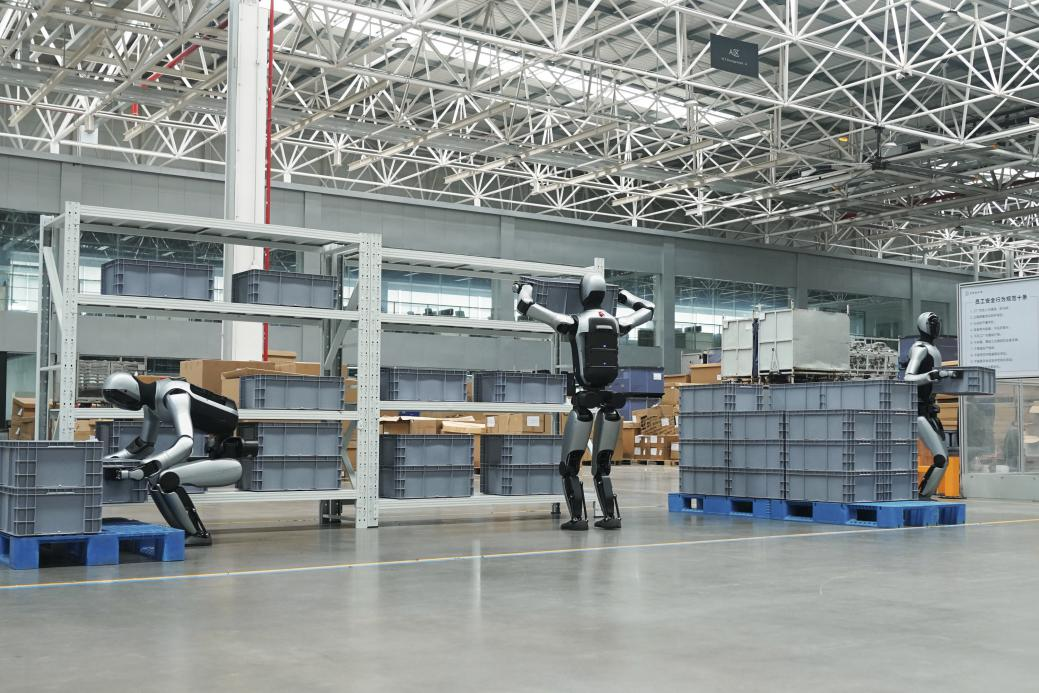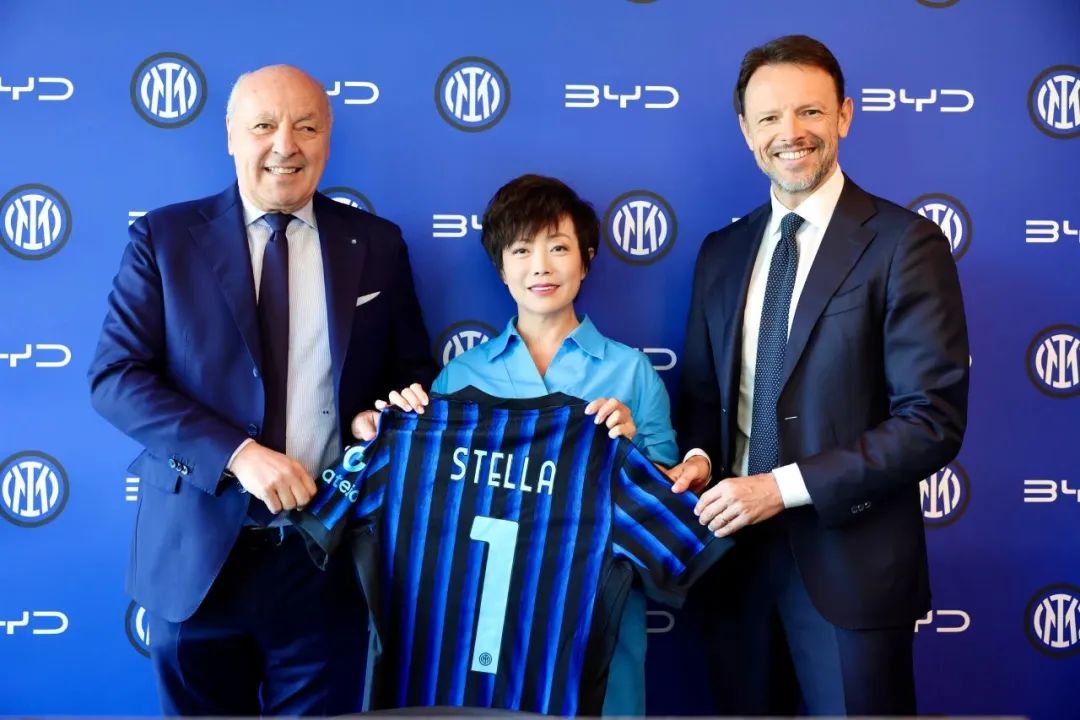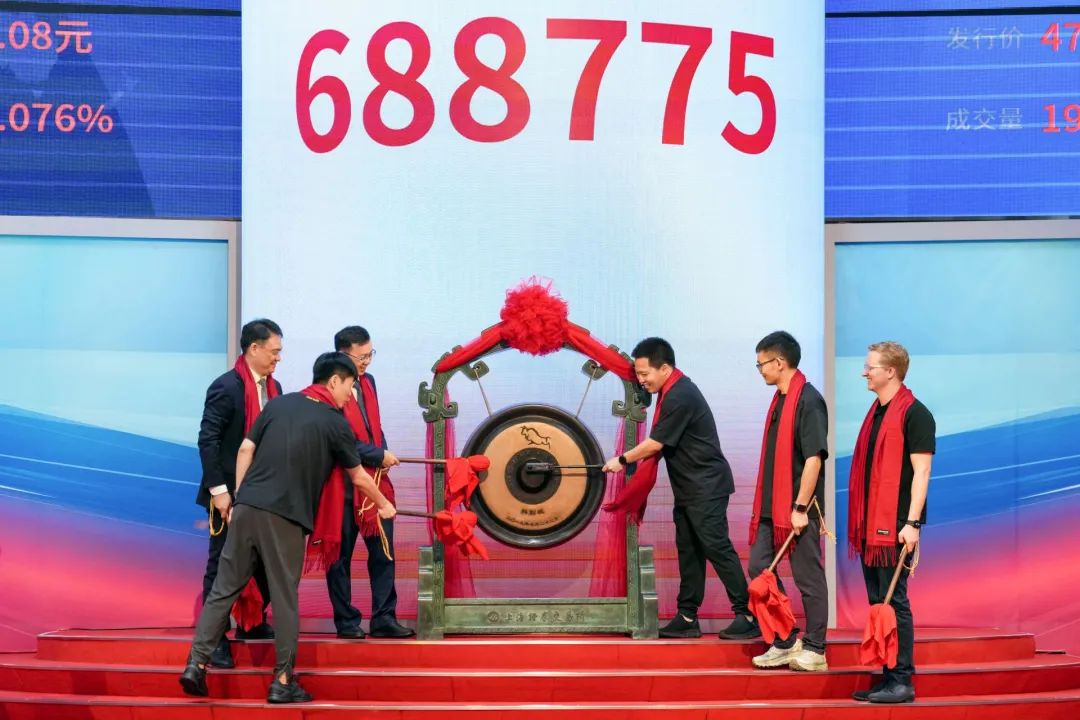Co-creating the future: Shenzhen's rise and Europe's branding power
Writer: Luigi Gambardella | Editor: Yu Xiyao | From: Original | Updated: 2025-08-01
A new strategy is needed: the shift from “Made in Shenzhen” to “Created in Shenzhen”
Shenzhen is no longer just the world’s workshop — it is rapidly becoming the world’s launchpad for next-generation innovation. As China’s most advanced tech city, it is now entering a new phase: moving from “Made in Shenzhen” to “Created in Shenzhen.” This transition is not simply about technology or production capacity, but about building globally trusted, competitive brands. And this is where European companies can play a crucial role.
The branding challenge: from manufacturing power to global identity
Over the past four decades, Shenzhen has risen to become China’s undisputed innovation powerhouse, with tech giants like UBTech, Tencent, BYD, DJI, and Mindray leading the charge in robotics, AI, smart mobility, and health tech. The city hosts more than 17,000 high-tech startups, backed by a vast ecosystem of incubators, accelerators, and funding channels.

Humanoid robots developed by Shenzhen-based robotics company UBTech. Photo courtesy of UBTech
However, as these companies scale globally, they face a new challenge: creating strong, international brands that resonate beyond functionality — that communicate value, emotion, and identity to global consumers. In today’s saturated markets, brand trust, cultural fit, and user experience are just as important as technical performance.
This shift from manufacturing excellence to branding excellence is the next big leap. According to Interbrand and Kantar estimates, brands alone can account for up to 30–40% of a company’s market value. In some industries —such as luxury, consumer electronics, and automotive — strong brand equity can drive price premiums of 20–50%. For example, Apple’s brand is valued at over $500 billion, and Tesla’s global appeal stems as much from its brand identity as from its engineering. A 2023 McKinsey report showed that companies with high brand value enjoy on average double the operating margin compared to those without. Brand is not cosmetic—it is core to business valuation and competitiveness.
Why Europe is Shenzhen’s ideal branding partner
Europe is home to some of the world’s most iconic and enduring brands, spanning fashion, automotive, industrial design, luxury, food, and lifestyle. Its strength lies in understanding markets, building emotional connections with consumers, and translating complex identities into global appeal.

Shenzhen-based automaker BYD has reached a three-year strategic partnership with FC Internazionale Milano to become the football club's global automotive partner. Photo from BYD's website
Shenzhen, on the other hand, offers speed, scale, technical capability, and a deep culture of innovation. When paired with Europe’s branding DNA, the result can be transformational. This synergy offers new ground for cooperation: the joint development of global Chinese brands through partnerships between Shenzhen innovators and European branding specialists, creative agencies, designers, strategists, and IP experts.
This is not just about big corporations. Europe’s highly skilled SMEs in design, branding, digital marketing, and industrial aesthetics can also find new opportunities in Shenzhen’s fast-moving ecosystem. Co-branding, licensing, and creative services are areas of potential collaboration that remain largely untapped.
Real-world success stories and growing momentum
We are already seeing early examples of this collaboration. BYD has partnered with European design studios to refine the branding and user experience of its electric vehicles as it expands into markets such as Germany and the Netherlands. Tech brands like Insta360 and Roborock are working with French and Italian consultants to reposition their product identity for Western audiences. Realme, originally a low-cost smartphone maker, is now investing heavily in design partnerships to elevate its image in European markets.

Shenzhen-based camera company Insta360 has gone public on the STAR Market of the Shanghai Stock Exchange on June 11. Photo from Dute News
These examples show that when branding expertise meets product innovation, a brand can quickly move from local challenger to global contender.
Branding and geopolitics: co-creation over confrontation
In a world marked by fragmentation and rising protectionism, co-creation offers a positive, constructive alternative to geopolitical tension. Rather than viewing Europe and China as rivals, Shenzhen is betting on a model of mutual enrichment — where European creativity meets Chinese execution capacity to build the next generation of global consumer brands. In this way, branding becomes not just an economic tool, but a bridge between cultures and markets.
Shenzhen is ready: policy, platforms, and speed
The Shenzhen government is actively promoting this transformation. Through supportive policies, intellectual property protection mechanisms, design hubs, and cross-border innovation funds, it is creating fertile ground for international cooperation. Initiatives like brand acceleration programs, co-branded innovation labs, and Europe–China creative hubs are rapidly gaining traction.

An aerial view of Shenzhen. Photo from Shenzhen Special Zone Daily
Moreover, Shenzhen is a city where ideas turn into products in record time. Its full-stack innovation ecosystem —from R&D and prototyping to mass production and logistics — is unmatched globally. European firms entering this system will not only help shape the global identity of Shenzhen-born brands but also gain competitive advantage through unmatched speed and scale.
A strategic economic opportunity for Europe
For European companies, investing in branding cooperation with Shenzhen is not just about image — it is a strategic economic opportunity. According to McKinsey, Chinese brands could capture up to $1.7 trillion in additional global revenue by 2030 if they close the brand value gap with Western competitors. Participating in this transformation means accessing enormous new value chains and high-margin segments in consumer electronics, green mobility, AI-powered devices, and smart lifestyles.
It is also a chance for Europe to export what it does best: not just products, but meaning, design, and culture.
A new chapter in Europe–China cooperation
The shift from “Made in Shenzhen” to “Created in Shenzhen” is more than an economic strategy — it’s a vision for the future. One that calls for co-creation, not confrontation. One that sees Europe not as a competitor, but as a strategic creative ally in shaping the brands that will define tomorrow’s global economy.
Shenzhen is ready. The world is watching. And Europe has the opportunity to lead — not just in making things, but in shaping their meaning.
The next global icon might not come from Silicon Valley or Berlin, but from Shenzhen—with European creativity woven into its DNA.
The time to act is now. Together, we can build the global brands of the future.